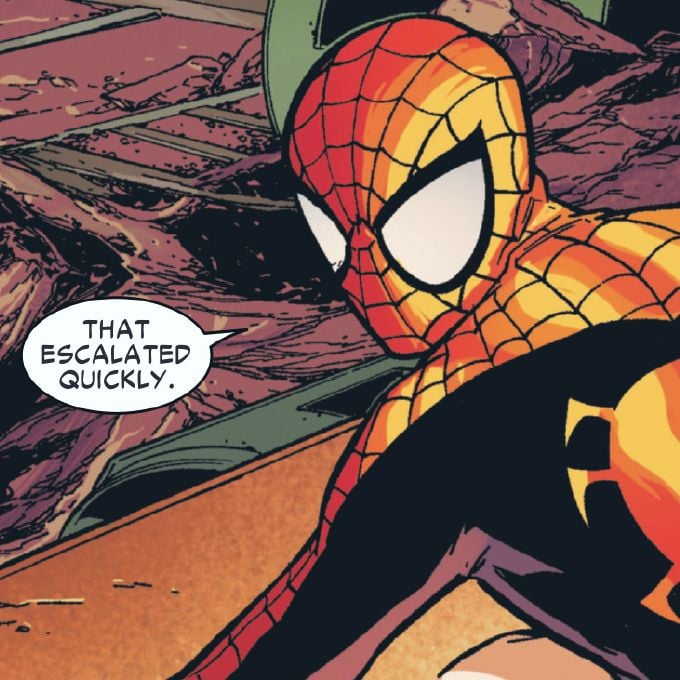Alt text:
They’re a little cagey about exactly where the crossover point lies relative to the likelihood of devastating effects on the planet.
Wikipedia (Near-Earth Supernova) says that a 25 ly away supernova would wipe out half the ozone layer so that’s probably the lower bound for what we want
Geez, how many stars do we have that close to us?
deleted by creator
Your answer is a little misleading. I think you meant there are several stars that close to us, but none that can go supernova.
deleted by creator
That’s disappointing
So far, we know of 131
starsobjectshttps://en.wikipedia.org/wiki/List_of_nearest_stars_and_brown_dwarfs
I like this one… Because I understood it!!! Plus it’s funny.
When I don’t understand them, I’ll sometimes check out explainxkcd.com .
Pretty sure the curve should turn up on the right side at some point.
Nah, happiness should asymptotically approach 0 happiness as distance increases, due to decreased brightness. Tho, I guess there could be a discontinuity at the crossover point of where we can no longer observe it and the happiness we can extract from understanding that there are those so far away we can never see them?
deleted by creator
There’s something to be said for very early supernovae. I’m sure they’d all be giddy for something beyond 13 billion light-years (or whatever that works out to in red shift).
At some distance, we can no longer see the stars or even the galaxy. A supernova will allow us to see in really distant past, maybe at the first generation with some really good lensing.
Think ereandel but older
If we somehow discovered a supernova (or anything, really) beyond the observable universe, I believe the astronomers would be very very happy.
Explanation for anyone who wants it: https://explainxkcd.com/wiki/index.php/2878:_Supernova
Astronomer on a planet just a little too close: “This is a cool way to die”





